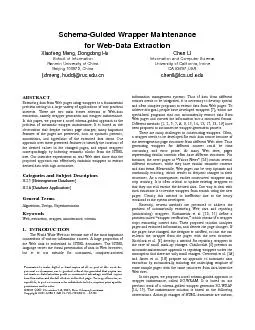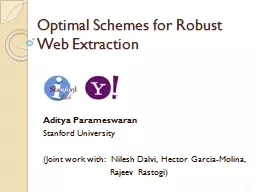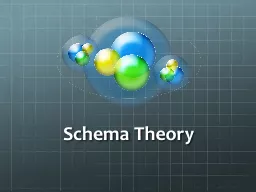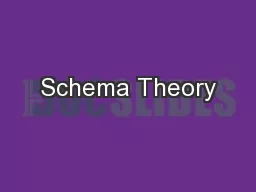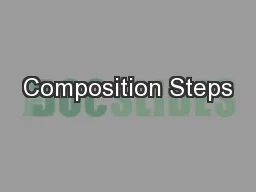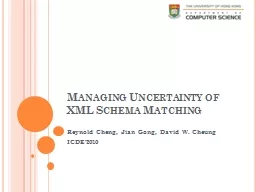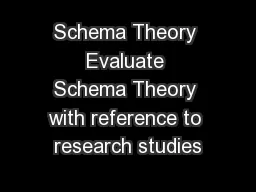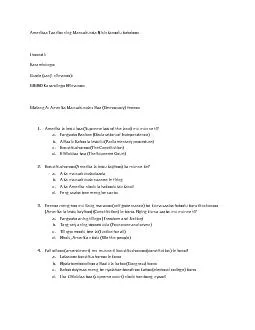PDF-Schema-Guided Wrapper Maintenance Xiaofeng Meng, Dongdong Hu School o
Author : lindy-dunigan | Published Date : 2015-12-09
some features of the extracted data items in these pages are often preserved such as syntactic features hyperlinks and annotations see Section 31 It is feasible
Presentation Embed Code
Download Presentation
Download Presentation The PPT/PDF document "Schema-Guided Wrapper Maintenance Xiaof..." is the property of its rightful owner. Permission is granted to download and print the materials on this website for personal, non-commercial use only, and to display it on your personal computer provided you do not modify the materials and that you retain all copyright notices contained in the materials. By downloading content from our website, you accept the terms of this agreement.
Schema-Guided Wrapper Maintenance Xiaofeng Meng, Dongdong Hu School o: Transcript
Download Rules Of Document
"Schema-Guided Wrapper Maintenance Xiaofeng Meng, Dongdong Hu School o"The content belongs to its owner. You may download and print it for personal use, without modification, and keep all copyright notices. By downloading, you agree to these terms.
Related Documents

